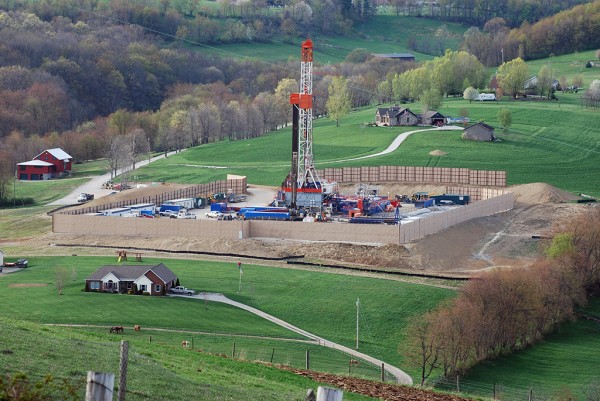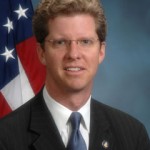Report, Gov. Tout Marcellus Shale as Economic Driver
The shale energy industry is projected to support over 220,000 direct and indirect Pennsylvania jobs by 2020, according to a new study from the US Chamber’s Energy Institute. The industry is also on pace to generate $2.3-billion dollars a year in state & local taxes by that same time.
“There are so many possibilities here as we develop this resource responsibly, and move forward with it, that I think it holds great promise for Pennsylvania” says PA Chamber of Business and Industry President & CEO Gene Barr. He says continued progress will help put a stop to imported oil.
Responding to a listener question on the “Ask the Governor” program, this month, Governor Tom Corbett reaffirmed his opposition to a severance tax. He pointed not only to the corporate tax revenue already being generated, but to the $200-million dollars collected in the first year of impact fees.
The governor is eager to see the natural gas industry reach its full potential in the Keystone State, saying his focus is on increasing demand through the conversion of vehicle fleets and buildings to natural gas power. “We can’t look at this industry as what’s there today, it’s what’s going to be there 10, 20, 30 years from now, and it’s going to continue to grow,” says Corbett.
He says there are indications the Marcellus Shale play is bigger than first thought. While the low cost of natural gas tamped down the number of new wells being drilled in 2012, production is surging in the Marcellus Shale.









